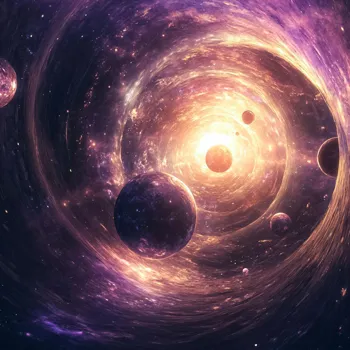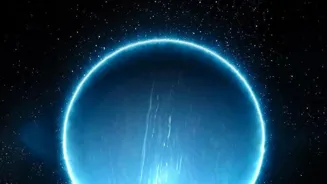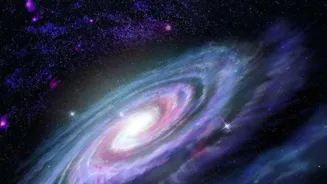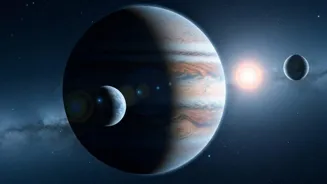Unraveling the Secrets of the Oort Cloud - What Lies at the Edge of Our Solar System? Delve into the mysterious realm beyond Neptune, where icy bodies hold clues to our cosmic origins. Discover the challenges
of studying this enigmatic region and the potential breakthroughs it could offer. Read on to explore the hidden wonders of our cosmic backyard!
Our solar system, comprising the Sun and planets like Earth, Mars and Jupiter, isn't as empty as we might think as we move away from the Sun and these planets.
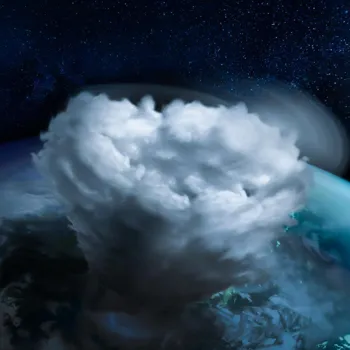
Stretching far beyond the orbit of Neptune and the Kuiper Belt, that contains dwarf planets such as Pluto, looms a distant, theorised region known as the Oort Cloud.
This enormous, spherical shell is believed to be the birthplace of many comets that occasionally visit the inner solar system, offering a peek into the distant, icy realm at the very edge of our cosmic neighbourhood. But what exactly is the Oort Cloud, and why is it so difficult to study?
Imagine the solar system as a bustling city center, the Sun being city's main square. As you move outwards, the familiar streets and buildings give way to scattered suburbs and then, eventually, to the sparsely populated countryside.
The Oort Cloud is like that far-flung countryside, but instead of houses, it's populated by billions, maybe even trillions, of icy bodies. These are leftovers from the formation of the solar system, ejected outwards by the gravitational dance of the giant planets in their youth.
These icy objects remain loosely bound to the Sun by gravity. This theoretical cloud begins somewhere around 2,000 to 5,000 astronomical units (AU) from the Sun. One AU is the distance between the Earth and the Sun. It may extend outwards to as far as 100,000 AU.
To put that in perspective, the nearest star system, Alpha Centauri, is about 268,770 AU away. This makes the Oort cloud part of the solar system and extends almost halfway to the next star!
Because the Oort Cloud is so far away and its constituent objects are so small and faint, it has never been directly observed. The Oort Cloud is a theoretical concept formulated by a Dutch astronomer Jan Oort in the 1950s. He noticed that many comets seemed to come from all directions.
The planets revolve in relatively the same Plane in the solar system. However, the comets trajectories seemed to come randomly. Oort proposed that there must be a huge spherical reservoir of comets far away from the Sun.
Occasionally, the gravity of a passing star or the Milky Way’s galactic tide can disrupt these icy bodies. This nudges them into orbits bringing them closer to the Sun, becoming the long-period comets.
These comets are observed from Earth, that can take thousands or even millions of years to complete a single orbit. Halley's comet takes about 76 years, so it is not considered an Oort Cloud comet.
Scientists rely on indirect evidence to study. The main clue comes from long-period comets.
By tracing their trajectories, astronomers can estimate where these comets originated. Computer simulations of the early solar system also provide insight into how the Oort Cloud might have formed in the first place.
It is likely that it resulted from the gravitational interactions between the Sun and its planetary neighbours. Studying the Oort Cloud is like trying to understand the contents of a vast, darkened room using only the occasional flash of a camera.
The flashes are the comets that come into visibility when they move closer to the sun and develop tails. The tails are caused by solar radiation and solar wind.
Despite the challenges, the Oort Cloud holds secrets to unlock some important questions.
First, it can explain the solar system's formation. Icy objects are cosmic “fossils” preserving the primitive materials from which the Sun and planets were born. By studying these objects, we can learn more about the early conditions and process.
Second, Oort cloud impact events have affected Earth. It gives information about past impacts of comets on Earth, and what role they played in delivering water or even organic molecules to our planet.
Major impacts have also lead to extinction events, so understanding the Cloud gives us vital information to protect Earth. Finally, it gives us an idea about the solar system's place within the broader galaxy.
Future missions and telescopes are needed to study it further.
While direct observation remains a distant dream, future space missions and advanced telescopes offer hope. Missions designed to travel far beyond the planets, equipped with powerful cameras, could eventually image some of the larger objects in the Oort Cloud.
New telescopes with greater sensitivity and wider fields of view could detect the faint glow of reflected sunlight from these distant bodies. These advancements would drastically change our understanding of the solar system.
By pushing the boundaries of exploration and technology, scientists hope to peel back the layers of mystery surrounding the Oort Cloud and reveal the secrets of our cosmic backyard. Its remoteness makes exploration a daunting task, yet the potential rewards are immense.
Unravelling the mysteries of the Oort Cloud is expected to show new ideas on planetary science, solar system formation and even the origins of life.
Breakdown of paragraphs with 350 characters or 3 sentences:
The Oort Cloud: Birthplace of Comets
The Oort Cloud is a theorised, distant region. It surrounds our solar system. It is believed to be the birthplace of many comets.
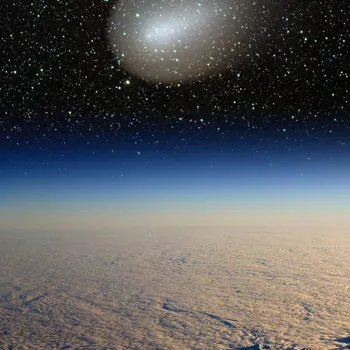
The Oort Cloud: icy bodies from solar system formation, extends halfway to next star
The Oort Cloud is populated by billions of icy bodies. These objects come from the formation of the solar system. The cloud extends almost halfway to the next star!
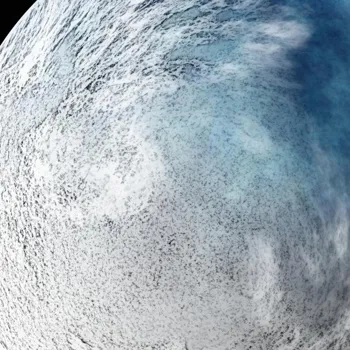
Dutch astronomer Jan Oort theorized the Oort Cloud in the 1950s
The Oort Cloud is theoretical because it's never been directly observed. A Dutch astronomer Jan Oort proposed the cloud in the 1950s. He noticed that some comets came from all directions.
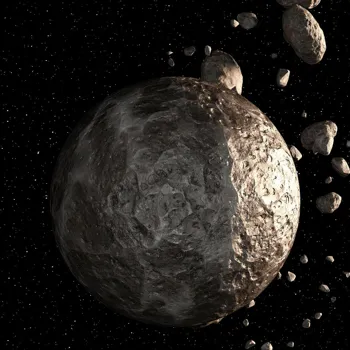
Scientists study comets using indirect evidence and simulations
Scientists rely on indirect evidence to study. They trace long-period comets to learn about them. Computer simulations of the early solar system provide insights.

Oort Cloud reveals insights on solar system's history
The Oort Cloud helps understand solar system information. It provides information about the past impact of comets on Earth. It helps understand the role in delivering water.
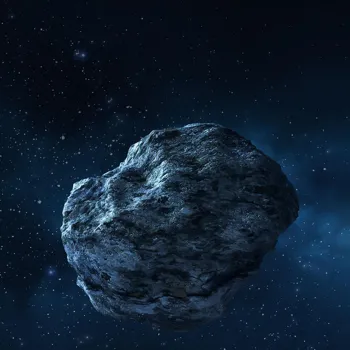
Space missions and telescopes drive exploration to study the Cloud
New space missions and telescopes offer hope. By pushing exploration and technology, scientists hope to unravel the Cloud. It will help in the study of planetary science.
